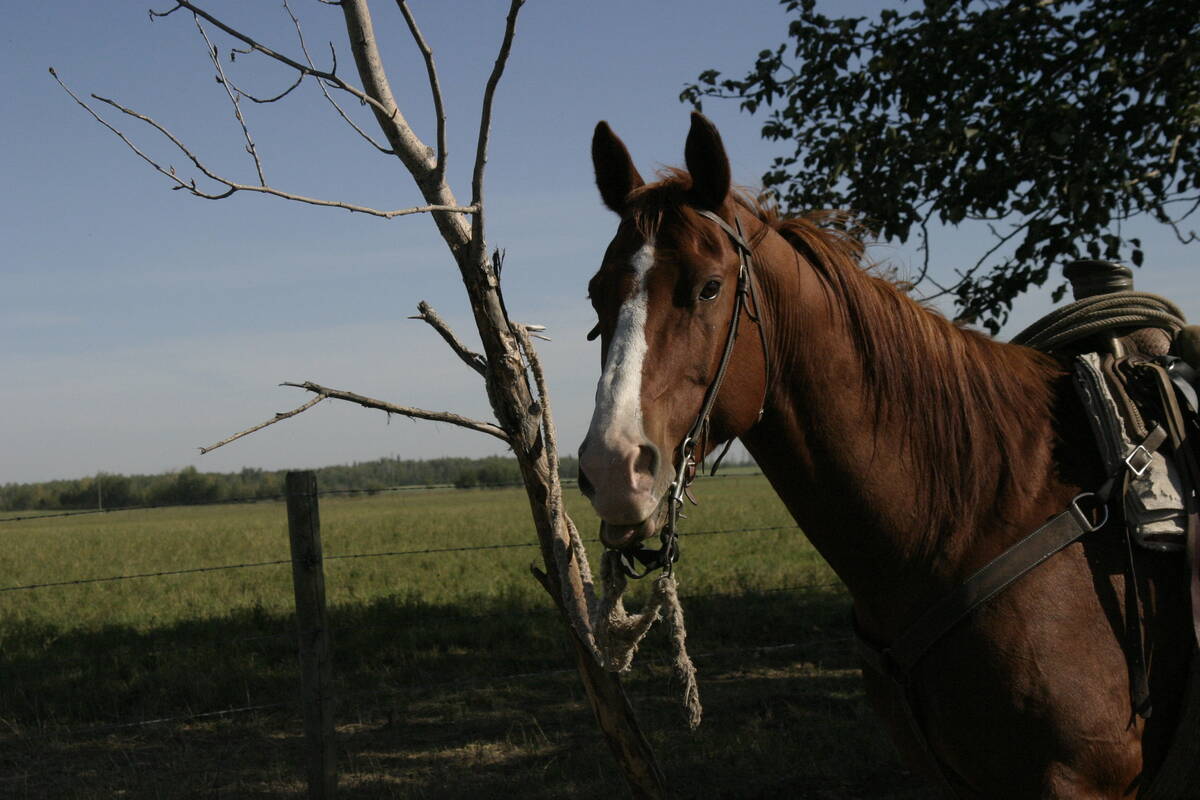OMAHA, Neb. — People who are diagnosed with a sexually transmitted disease are told to inform all their potential partners.
The same policy does not always apply if a ranch has trichomoniasis, but Jeff Ondrak, a bovine veterinarian at the University of Nebraska’s Great Plains Veterinary Educational Centre, said producers should test for the bovine venereal disease if it has been found in their area.
No one likes herding bulls into a chute, but testing is needed to find all the positives, he added.
“Be prepared when you start testing for positive results. You better have a plan for positive results.”
Read Also

Horses challenged when asked to be weekend warriors
Horses are creatures of consistency. Their bodies and nervous systems are designed for steady, rhythmic movement, low-intensity grazing and regular social interaction.
More than one test is required.
Producers have a variety of options to protect a breeding herd:
- Keep cows away from neighbour’s herd during breeding season.
- Monitor fencing, and let the neighbour know when commingling occurs.
- Use artificial insemination to eliminate transfer of the organism, which resides in the bull’s reproductive tract.
- Buy only virgin or pregnant re-placement females.
- Isolate and test herd additions.
- Keep records and proper identification of bulls and management groups.
- Cull all non-productive cows: every cow that is open, aborts or has a young calf that died.
- If the herd is infected with trichomoniasis, an open cow should be considered an infected cow.















